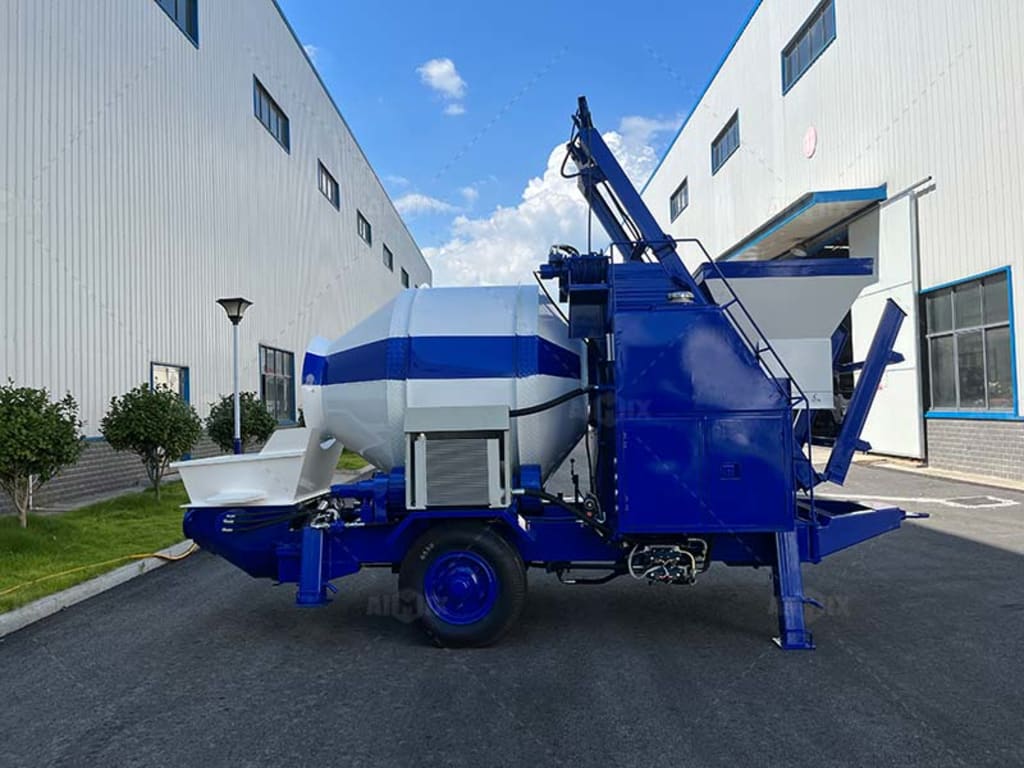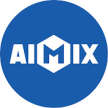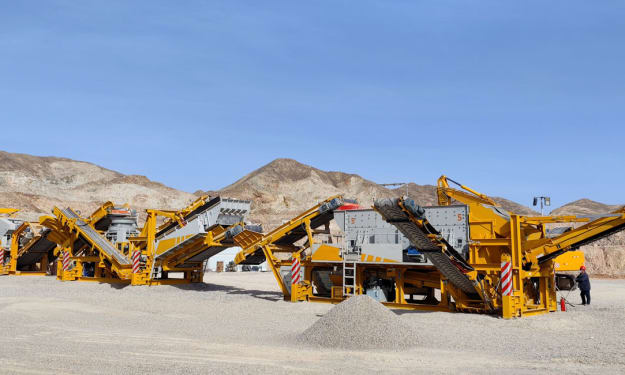How to Integrate Concrete Pumps and Mixers for Optimal Performance on Job Sites
Optimal Performance of Concrete Pump Mixer

In the contemporary construction landscape, concrete pumps and mixers are indispensable. These two pieces of equipment have revolutionized how concrete is handled and applied, ensuring that projects are executed with precision and efficiency. Concrete mixers, responsible for blending the raw materials into a uniform mixture, lay the groundwork for quality concrete. Meanwhile, concrete pumps facilitate the seamless transfer of this mixture from the mixer to the exact location needed, whether it’s several floors up in a high-rise or deep within a complex structure. Their roles, though distinct, are inherently symbiotic and crucial for the smooth operation of modern construction sites.
Integrating concrete pumps and mixers on job sites offers numerous advantages that go beyond mere convenience. This integration enhances efficiency, reduces labor costs, and significantly speeds up project timelines. When these machines operate in harmony, the concrete mix retains its optimal properties, ensuring structural integrity and durability. Additionally, the integration minimizes manual handling, thereby reducing the risk of human error and increasing overall safety on the job site. By streamlining the process, contractors can achieve higher productivity and deliver projects on time, maintaining quality and consistency throughout.

Strategies for Seamless Integration
Selecting Compatible Equipment
To achieve seamless integration, it’s paramount to select equipment that is compatible in terms of capacity and functionality. The mixer and pump must be capable of handling the same volume of concrete to avoid bottlenecks in the workflow. Compatibility extends to the technical specifications as well; the discharge height of the mixer should align with the intake height of the pump. Advanced models of pumps and mixers often come with integrated systems that ensure synchronization, but thorough research and consultation with concrete pump manufacturers can help in making the right choice. Investing in modern, compatible equipment sets the foundation for a hassle-free integration.
Coordinating Timing and Workflow
Timing is crucial in the integration process. The coordination between mixing and pumping must be meticulously planned to maintain a continuous flow of concrete. This involves scheduling the mixer to produce batches at intervals that match the pump’s capacity to dispense them. Any delays or mismatches in timing can lead to concrete setting prematurely or logistical challenges on site. Implementing a synchronized workflow, where each step is timed precisely, ensures that the concrete maintains its workability and quality from mixing to final placement. Utilizing project management software can aid in this coordination, providing real-time updates and adjustments as needed.
Maximizing Efficiency and Productivity
Best Practices for Maintenance and Operation
Maintaining both concrete pumps and mixers in top condition is essential for optimal performance. Regular maintenance checks, such as inspecting hoses, seals, and mechanical components, prevent unexpected breakdowns that could halt construction activities. Keeping the equipment clean, particularly the mixer drums and pump lines, prevents build-up that can affect the quality of the concrete. Operators should follow manufacturer guidelines for maintenance routines and use high-quality lubricants and cleaning agents. Proactive maintenance not only extends the lifespan of the equipment but also ensures consistent performance, thereby maximizing efficiency on the job site.

Training and Safety Measures
Proper training for operators of concrete pumps and mixers is critical. Skilled operators understand the nuances of both machines and can troubleshoot minor issues before they escalate. Comprehensive training programs should cover equipment operation, maintenance, and safety protocols. Safety measures, including wearing personal protective equipment (PPE) and adhering to operational guidelines, reduce the risk of accidents. Additionally, regular safety drills and updates on the latest safety practices keep the crew informed and vigilant. Emphasizing a culture of safety ensures that the integration of concrete pump and mixer not only enhances productivity but also maintains a safe working environment.
Integrating concrete pumps and mixers effectively on job sites is a multifaceted process that, when executed correctly, offers substantial benefits in efficiency, quality, and safety. Through careful selection of compatible equipment, precise coordination of timing and workflow, rigorous maintenance practices, and comprehensive training, construction projects can achieve optimal performance, ensuring successful outcomes and satisfied stakeholders.
About the Creator
AIMIX
Construction Machine Manufacturer in China. Find Machines here: https://aimixglobal.com/
Enjoyed the story? Support the Creator.
Subscribe for free to receive all their stories in your feed. You could also pledge your support or give them a one-off tip, letting them know you appreciate their work.






Comments
AIMIX is not accepting comments at the moment
Want to show your support? Send them a one-off tip.